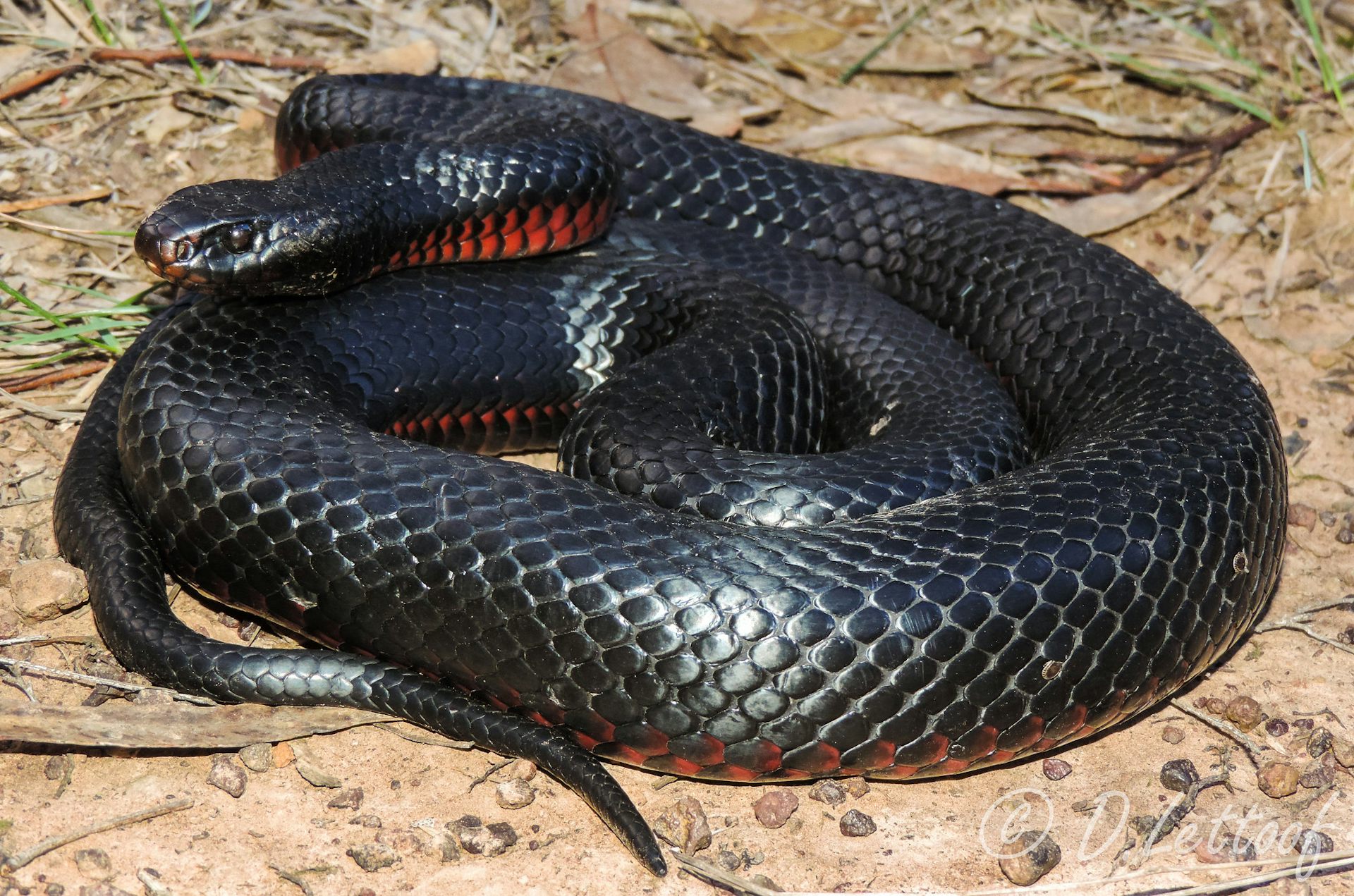Introduction
Encountering a serpent in the wild can be both electrifying and terrifying, specifically if that snake is recognized for its potent poison. In Australia, the tiger snake is amongst the most well-known and poisonous snakes, making it important for exterior fanatics to comprehend exactly how to determine them and acknowledge the symptoms of their attacks. This extensive overview will certainly explore everything pertaining to tiger snake experiences, focusing particularly on determining symptoms from a bite, emergency treatment measures, and understanding their habitat.
Snake Bite Symptoms: Exactly How to Determine a Tiger Snake Encounter
When discussing snake bite symptoms, it's critical to focus on how these signs and symptoms present themselves after a tiger serpent experience. The tiger snake (Notechis scutatus) is very pertained to for its aggressive nature when endangered and its powerful venom, which can cause severe reactions in humans.
What Does a Tiger Serpent Look Like?
Before we dive deeper right into bite signs and symptoms, understanding what a tiger serpent appears like is vital for recognition:
- Coloration: Tiger serpents are usually banded with yellow or brown stripes against a darker backdrop. Size: They can grow up to 2.5 meters in length. Head Shape: Their heads are wide compared to their necks. Behavior: Frequently located basking or swimming; they might display an aggressive stance when threatened.
Understanding these characteristics can aid you recognize a tiger serpent before an experience escalates.
Are Tiger Snakes Venomous?
Absolutely! Tiger snakes are indeed poisonous. Their poison most dangerous snake has neurotoxins that can trigger paralysis and coagulopathy-- basically disrupting blood clot systems. These variables make their bites exceptionally dangerous.
Recognizing Tiger Snake Attack Symptoms
Immediate Indicators of a Serpent Bite
The onset of are yellow-faced whip snakes venomous signs and symptoms after being attacked by a tiger serpent can differ based on numerous aspects:

Local Results of Tiger Snake Bites
Local impacts primarily include:
- Rapid swelling at the site Severe tenderness Possible blistering or necrosis if untreated
Systemic Effects of Tiger Snake Bites
Systemic results incorporate broader signs influencing different body systems:
- Neurological Signs: Lightheadedness, confusion, or pins and needles may show neurotoxic effects. Cardiovascular Signs: Rising and fall heart rates can indicate considerable systemic involvement.
Recognizing these immediate indications can be important for prompt medical intervention.
What To Do If Bitten by a Tiger Snake?
First Aid for Serpent Bites
Knowing how to provide first aid can be lifesaving when handling potential tiger serpent bites.
Stay Calmness: Keeping one's cool assists reduce venom spread. Immobilize Impacted Limb: Maintain it still and listed below heart level. Seek Immediate Medical Interest: Call emergency solutions or reach the medical facility as soon as possible.Important Note: Never try to draw out the venom or apply ice directly on the injury; this could aggravate cells damage.

Creating Your First Aid Set for Serpent Bites
An extensive emergency treatment package need to include items especially useful for managing serpent attacks:
|Product|Function|| -------------------------------|------------------------------------------|| Compression Bandage|To paralyze arm or leg|| Antihistamines|For allergies|| Pain Relievers|Manage discomfort until clinical assistance arrives|| Emergency Situation Get In Touch With Details|In case of serious reaction|
First Aid Package Fundamentals for Australian Snakes
Ensure your set also includes specific things appropriate to Australian atmospheres:
Antivenom info card Clean cloths Emergency numbersUnderstanding Tiger Snake Habitat
Where Do Tiger Snakes Live?
Tiger serpents are commonly found in various environments throughout Australia, consisting of:
- Coastal regions Swamps and wetlands Grasslands
They like locations with adequate water and greenery cover where they can hunt effectively.
Tiger Snakes in Tasmania
Tasmanian tiger serpents show unique qualities such as variants in color and size contrasted to mainland populations because of environmental adaptations.
Prevention Is Better Than Cure: Preventing Encounters with Tiger Snakes
Safety Tips When Outdoors
When venturing into areas understood for tiger snakes:

By taking preventative measures seriously, you lower your danger of an encounter altogether.
FAQs concerning Tiger Snakes
Q1: What do I do if I see a tiger snake? If you encounter one, stay calm; back away slowly without turning your back on it-- stay clear of prompting it further.
Q2: The length of time does it take for symptoms from a bite to show? Signs typically appear within minutes yet can differ based on private reactions.
Q3: Can I make use of cold pack on a serpent bite? No! Applying ice packs might create even more damage than good by aggravating tissue damages around the bite area.
Q4: Are baby tiger snakes much less dangerous? Yes, yet baby tiger serpents still have venom capable of triggering harm; caution is always recommended despite size.
Q5: Where can I find antivenom treatment in Australia? Many health centers have accessibility to antivenom for common Australian snakes; it's important to get to clinical support immediately after a bite.
Q6: Exactly how deadly are tiger snake bites? Without prompt clinical treatment, deaths can happen; nonetheless, early treatment considerably enhances outcomes.
Conclusion
Understanding just how to identify and reply to a possible tiger snake experience is crucial not only for individual safety yet additionally for fostering respect toward these interesting creatures that populate our ecosystems. With expertise regarding their looks, habits, environments, and effective first aid strategies available-- you're now better equipped than ever before!
By sticking strictly to security methods while appreciating Australia's abundant natural appeal, you minimize dangers connected with wild animals experiences while making certain preparedness should an unfortunate incident happen-- a true testimony that understanding is power!
Remember that remaining informed about regional wild animals will always enhance your exterior experiences while keeping dangers at bay!